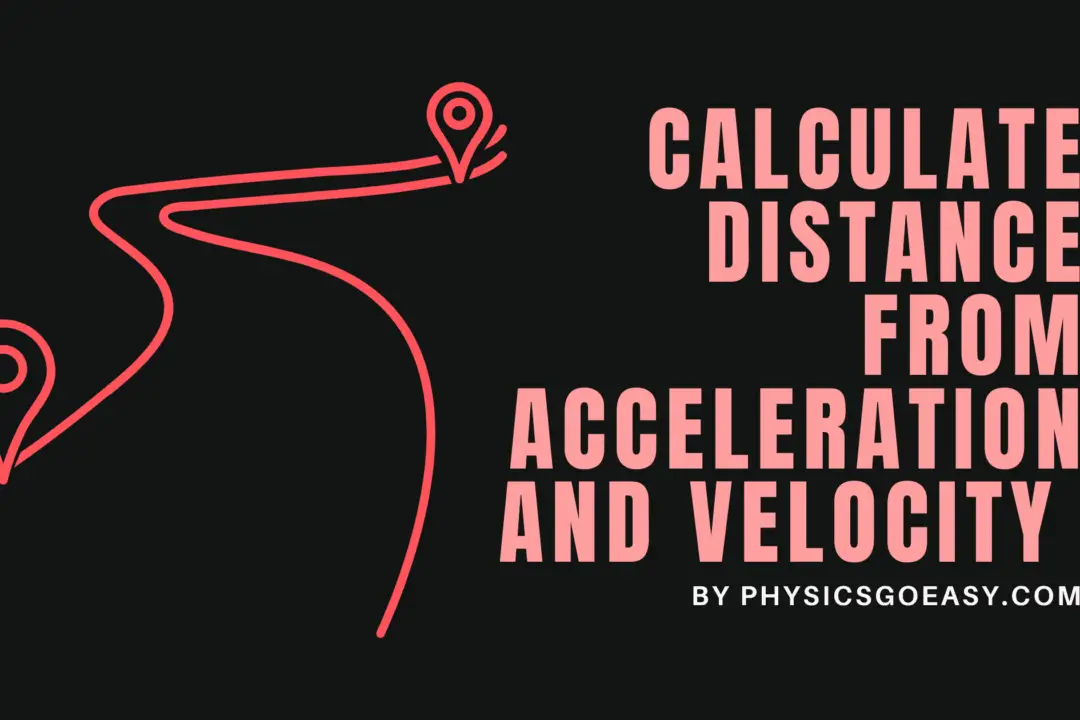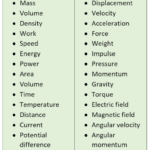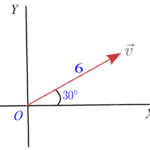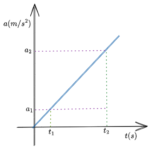The velocity $v$ of a particle at time $t$ is given by $v = a t + \dfrac{b}{t + c}$, where $a, b$ and $c$ are constants. The dimensions of $a, b$ and $c$ are respectively: [PMT/NEET-2006]
a. $LT^{-2}, L$ and $T$
b. $L^{2}, T$ and $LT^{2}$
c. $LT^{2}, LT$ and $L$
d. $L, LT$ and $T^{2}$
Answer: a. $ LT^{-2}, L $ and $ T $
Explanation:
For the equation $ v = at + \frac{b}{t + c} $ to be dimensionally consistent, each term must have the same dimensions as velocity, which is $ [LT^{-1}] $.
Finding dimension of constant ‘a’
From the first term $ at $:
- Time $ t $ has dimensions $ [T] $
- For $ at $ to have velocity dimensions: $ [a][T] = [LT^{-1}] $
- Therefore: $ [a] = \frac{[LT^{-1}]}{[T]} = [LT^{-2}] $
Finding dimension of constant ‘c’
In the expression $ (t + c) $, we are adding time $ t $ and constant $ c $.
- For addition to be valid, both quantities must have identical dimensions
- Since $ t $ has dimensions $ [T] $, constant $ c $ must also have dimensions $ [T] $
Finding dimension of constant ‘b’
From the second term $ \frac{b}{t + c} $:
- The denominator $ (t + c) $ has dimensions $ [T] $
- For $ \frac{b}{t + c} $ to have velocity dimensions: $ \frac{[b]}{[T]} = [LT^{-1}] $
- Therefore: $ [b] = [LT^{-1}][T] = [L] $
Summary
The dimensions are:
- $ a $: $ [LT^{-2}] $ (acceleration)
- $ b $: $ [L] $ (length)
- $ c $: $ [T] $ (time)
This matches option (a) exactly.





